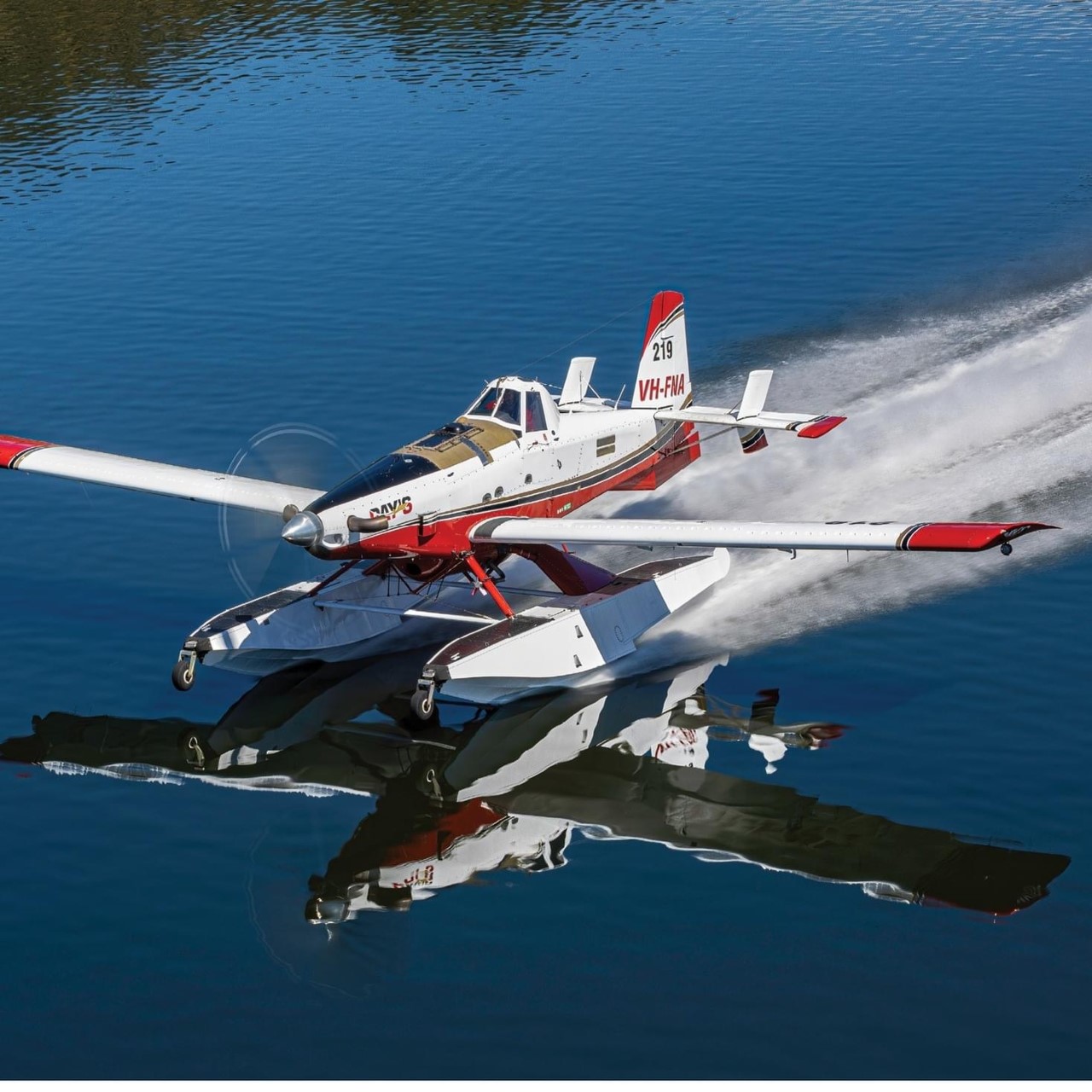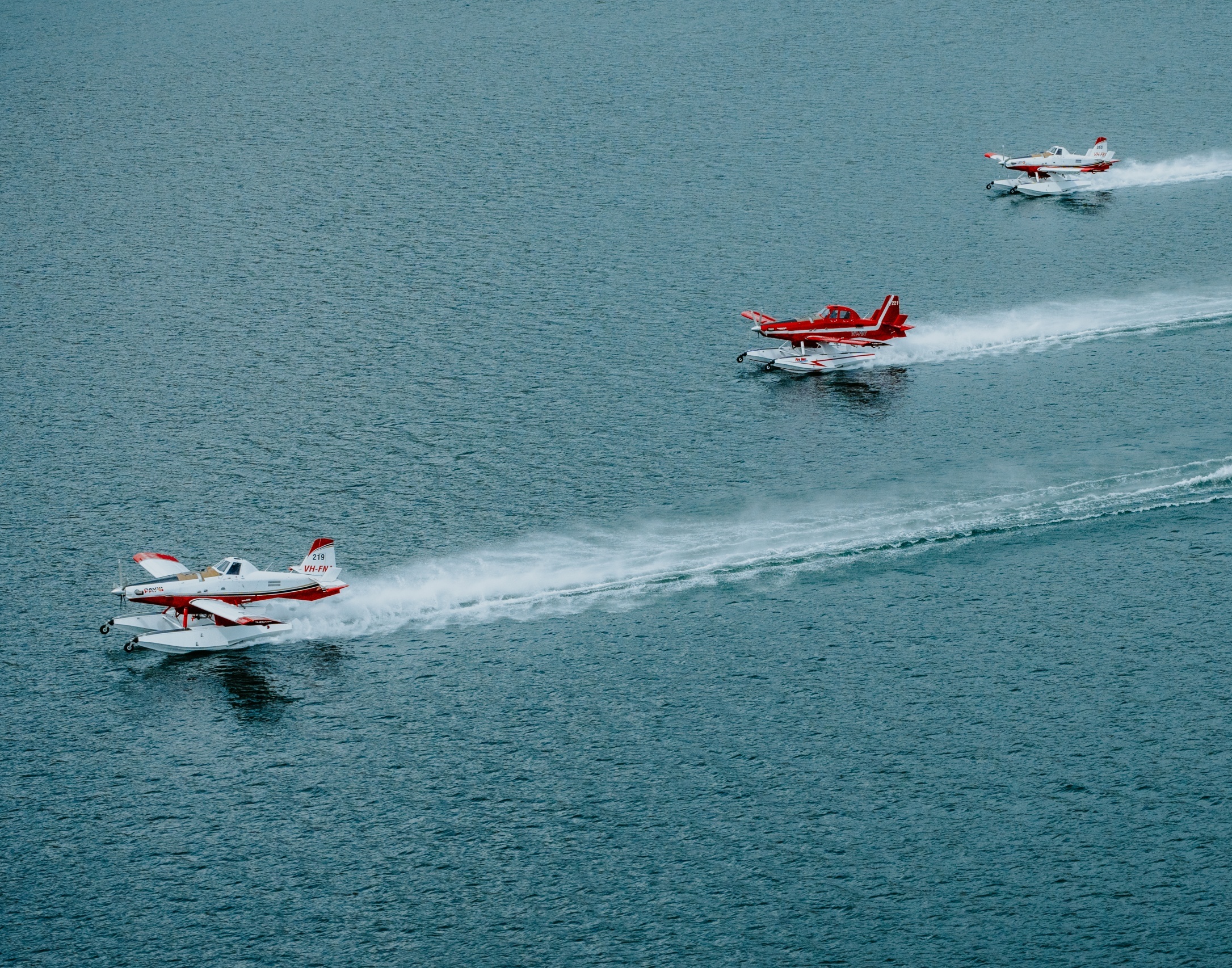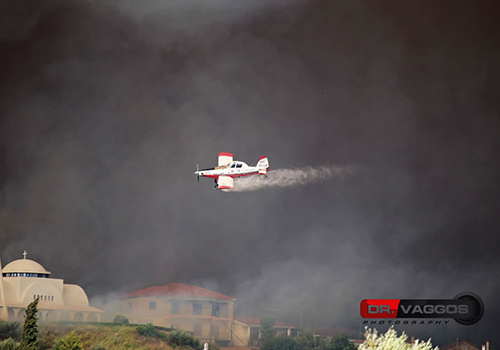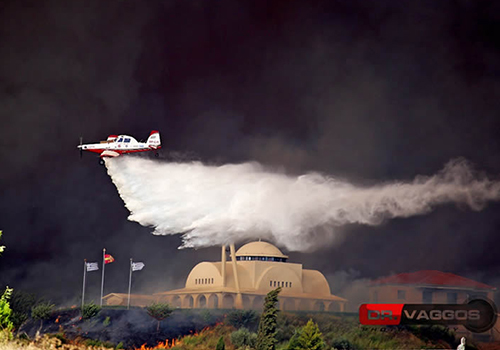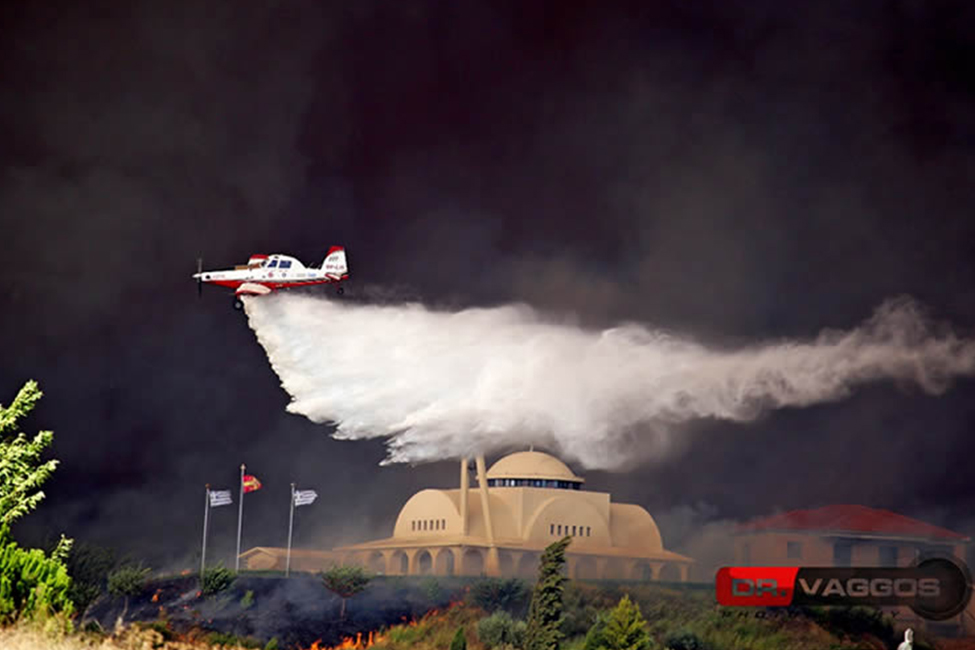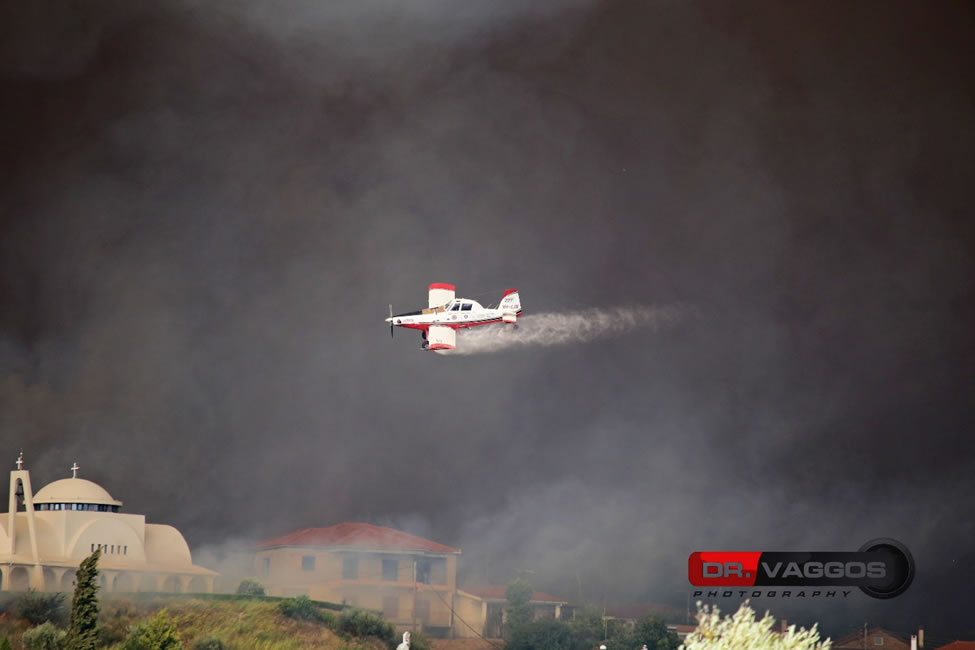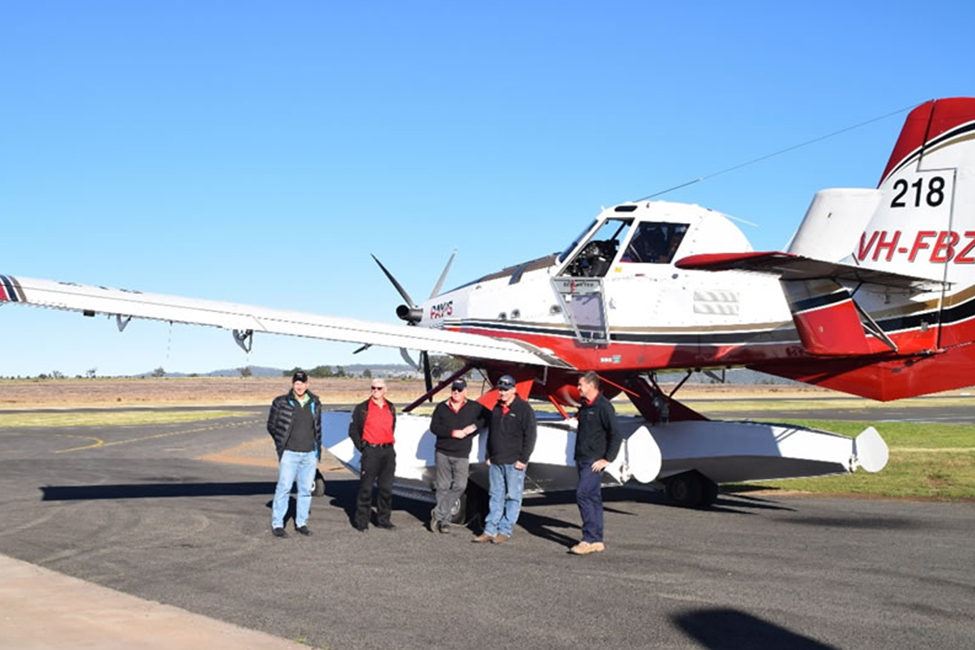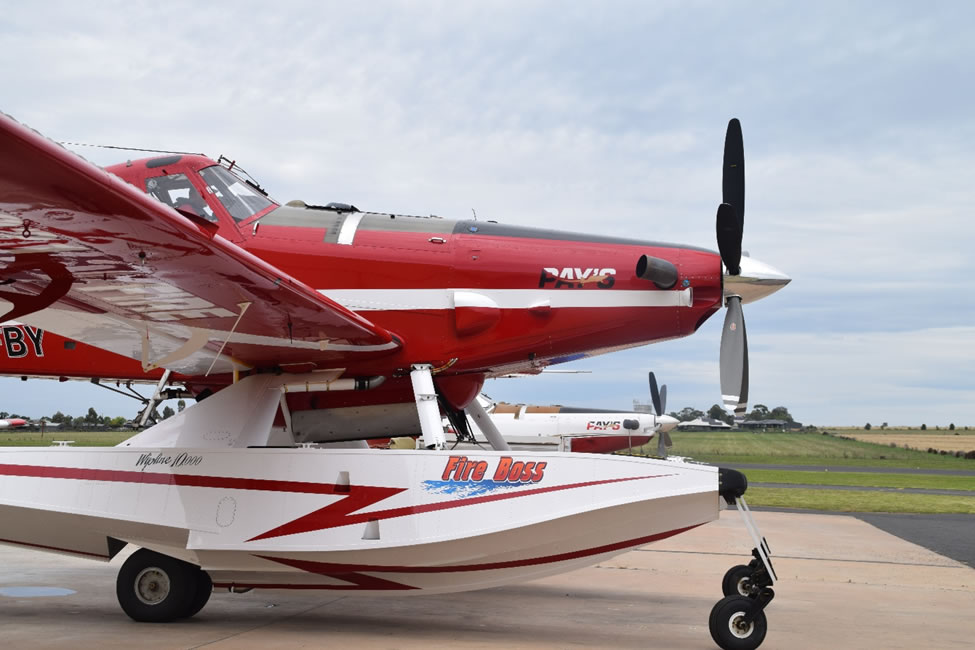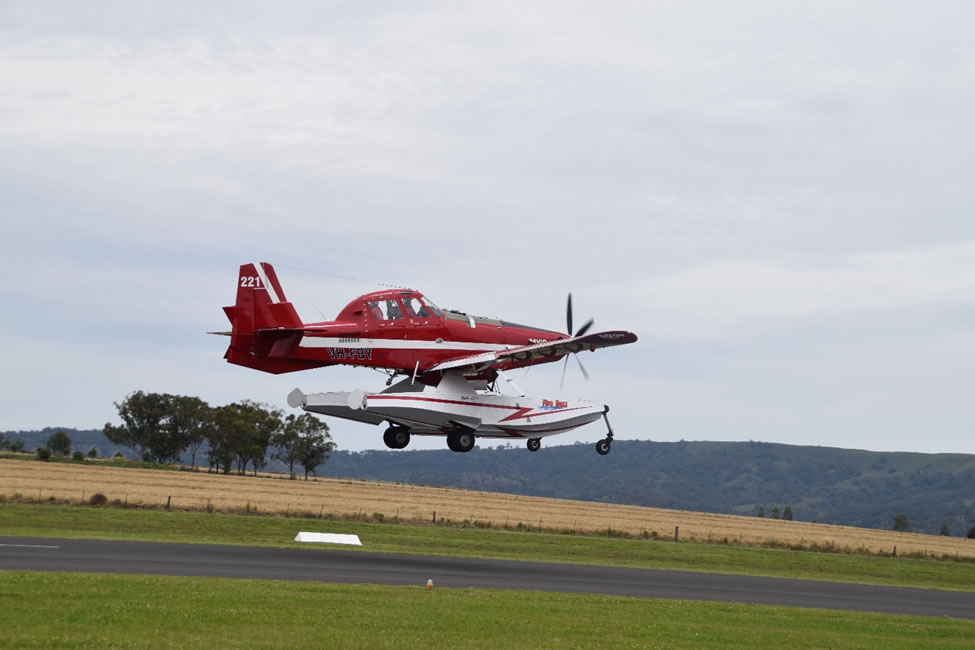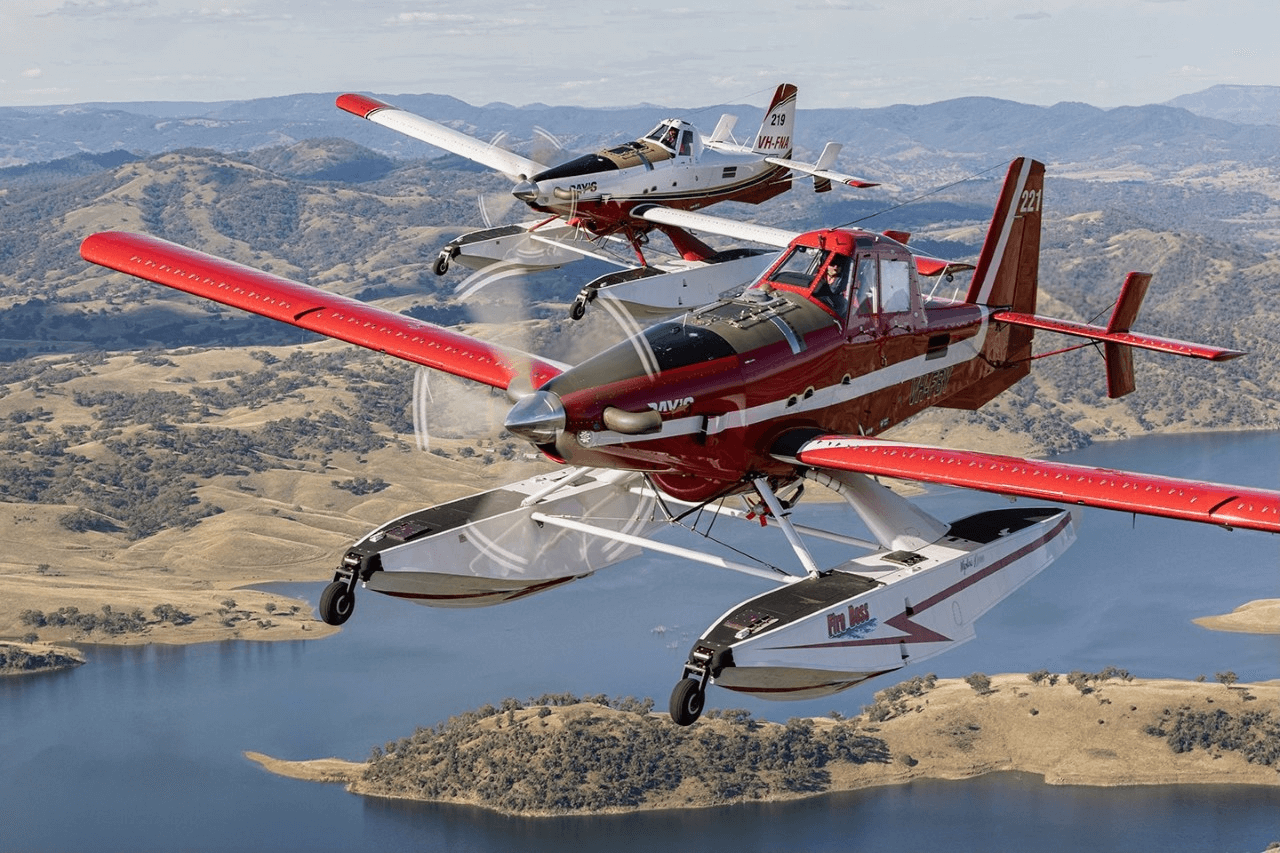Fire Fighting
Aerial Fire Fighting
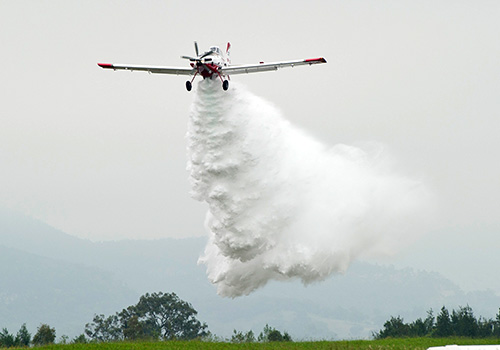
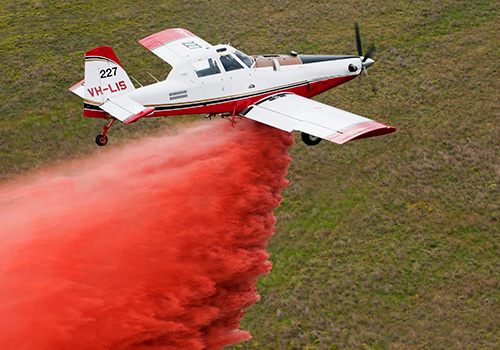
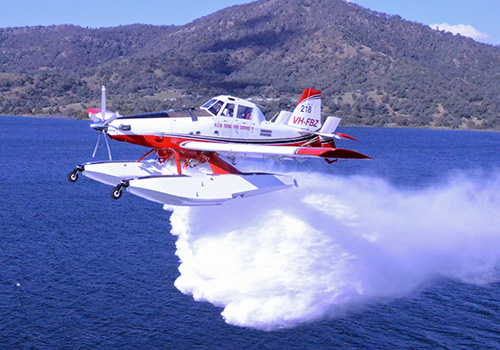
Based in Scone, NSW, Pay’s Air Service is one of Australia’s leading providers of fixed-wing aerial firefighting support. Our fleet and crews are trusted by both domestic and international agencies to deliver rapid response, precise fire suppression, and sustained support in challenging conditions.
We currently operate nine Air Tractor AT-802 aircraft purpose-built for firefighting operations. This includes six FireBoss AT-802Fs equipped with amphibious scooping capability, and three land-based AT-802s. Together, this fleet provides flexible, fast, and effective coverage across a wide range of firegrounds, from remote bushland to complex terrain close to built-up areas.
With decades of operational experience, Pay’s Air Service has become a critical asset to fire management authorities across Australia. Our reputation is built on safety, reliability, and our commitment to innovation — backed by a team that understands what’s at stake every time we take to the sky.
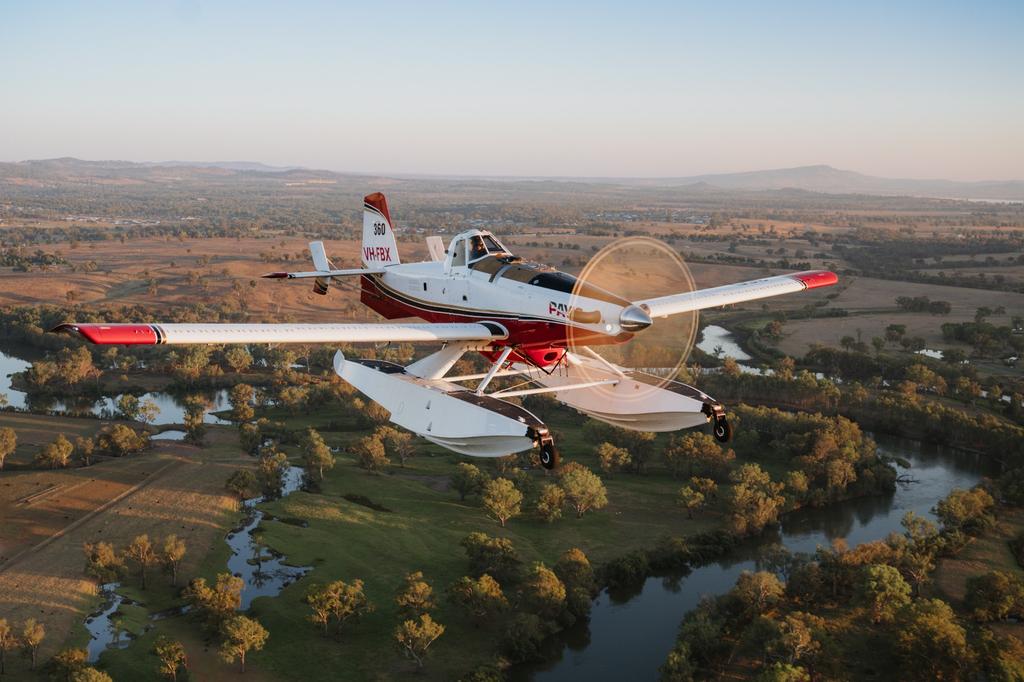
FireBoss (Amphibious AT-802F)
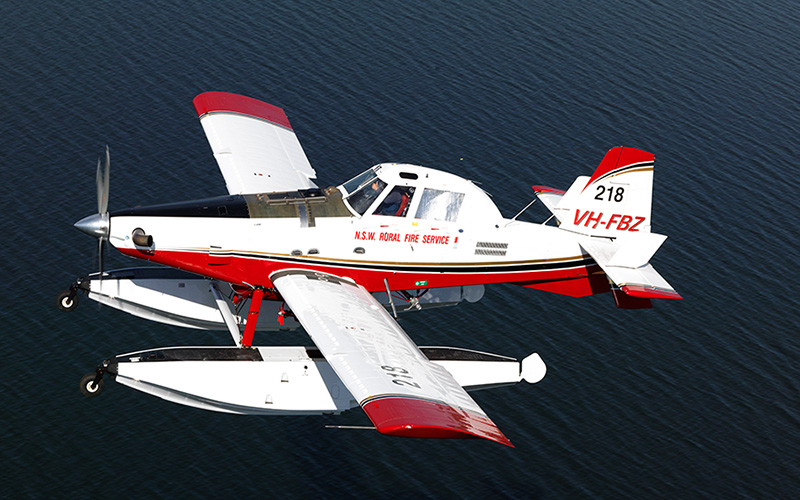
Since introducing our first FireBoss in 2013, Pay’s has led the way in amphibious aerial firefighting capability. The initial aircraft, converted from an AT-802 with Wipline 10000 amphibious floats, marked a significant shift in how water could be delivered to the fireground. The ability to scoop directly from lakes, rivers, or dams allows for rapid refills and high-frequency drops without returning to a base, dramatically increasing efficiency during critical operations.
Over the past decade, the FireBoss has proven to be one of the most productive aircraft in our firefighting fleet. These aircraft are self-sufficient, versatile, and capable of delivering large volumes of suppressant with remarkable speed and consistency, even in remote locations where traditional refuelling is not practical.

AT-802 (Land-Based)
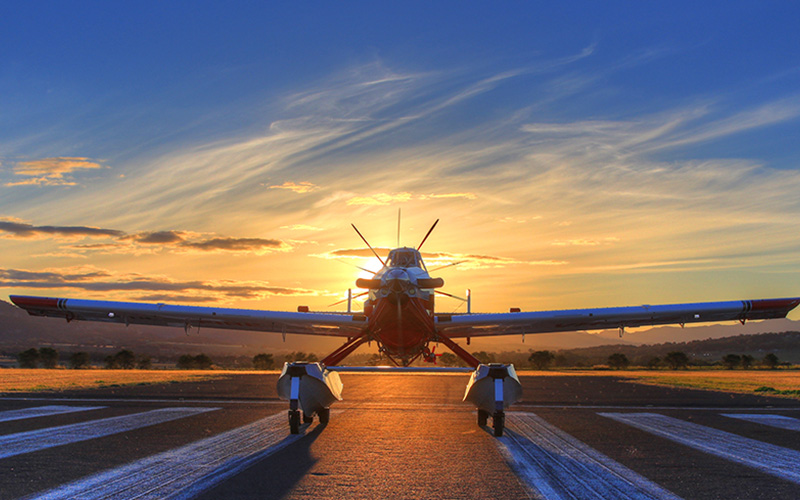
Complementing our amphibious fleet are three land-based AT-802s, designed for rapid response and high-capacity delivery. These aircraft are equipped with precision fire gate systems, state-of-the-art avionics, and GPS-guided drop technology to ensure consistent and effective coverage of fire edges and flare-ups.
The AT-802’s 3,200-litre capacity allows for substantial suppressant delivery in a single run, while its 300 km/h transit speed ensures quick turnaround between sorties. These aircraft are deployed throughout Australia’s forested regions and interface seamlessly with incident control teams on the ground, playing a vital role in both initial attack and long-duration suppression strategies.
Highly reliable and built for rugged operation, our land-based 802s are trusted for their endurance, accuracy, and ability to operate from a range of forward airbases.

Engineering & Maintenance
Behind every successful mission is a maintenance team that refuses to compromise. At Pay’s Air Service, our aircraft are supported by a world-class team of Aircraft Maintenance Engineers operating from our CASA-approved facility in Scone. This team ensures every aircraft is kept in peak condition through rigorous servicing, pre-mission inspections, and performance-based adjustments tailored to the demands of aerial firefighting.
Our engineers are known not only for their attention to detail but for their problem-solving mindset. Over the years, they’ve developed and implemented custom modifications to enhance aircraft performance, reduce turnaround times, and improve safety under high-stress operating conditions. Whether supporting operations at home or abroad, our engineers deliver consistent reliability and innovation under pressure.
Operational readiness is a shared responsibility across the organisation, and our engineering department plays a pivotal role in making sure every aircraft is mission-ready, every time.
Operational Expertise: Our Pilots
The complexity of aerial firefighting demands pilots with exceptional skill, judgement, and resilience — and Pay’s Air Service is proud to employ some of the most experienced in the industry. Our pilots are CASA-accredited professionals who bring extensive backgrounds in both firefighting and agricultural aviation, often with thousands of hours logged in low-level and high-intensity operations.
Each pilot undergoes specialised training in fire behaviour, aerial suppression tactics, low-level navigation, and dynamic load management. Their work requires split-second decision-making in fast-changing environments, and they execute every mission with a balance of precision and safety that defines our operational standards.
Seamless coordination with incident management teams and ground crews is part of their day-to-day. From the cockpit, they assess terrain, weather, fire movement, and aerial traffic — adjusting on the fly to ensure their drops have maximum impact. Our pilots are more than operators; they are tactical assets, delivering outcomes that protect people, property, and the environment.
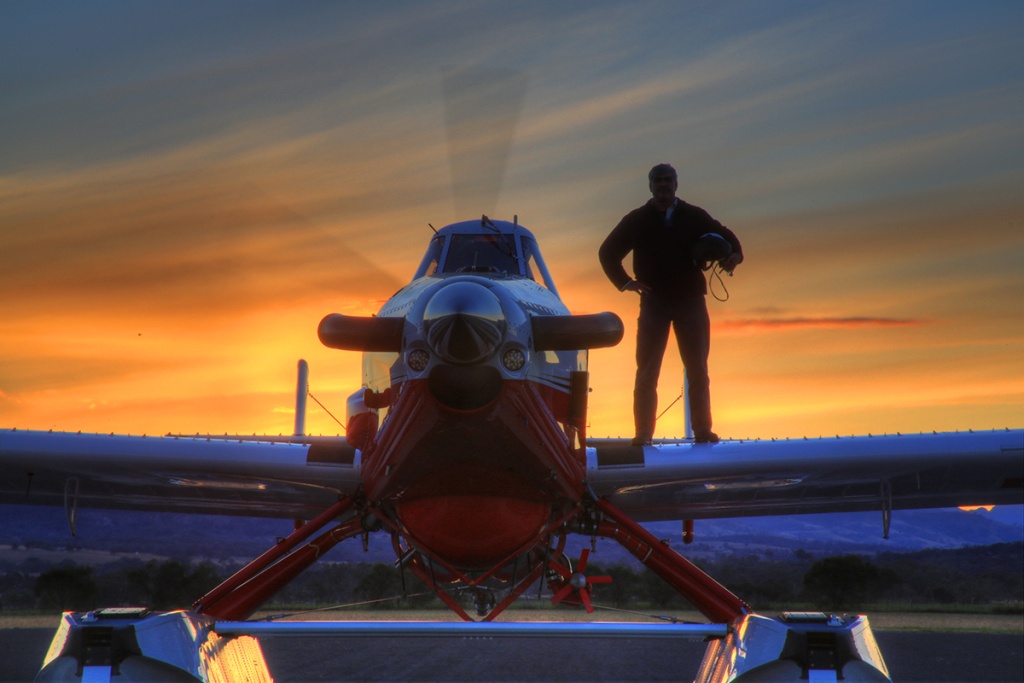
Pay’s Air Service has delivered aerial firefighting support across Australia since 1993, beginning as the first operator to use the AT-802 in NSW. We currently hold contracts in Victoria, and Tasmania, and have supported additional operations in Queensland and New South Wales on a call-when-needed basis.
Pay’s Air Service has a proven track record in international aerial firefighting, with deployments in Italy, Portugal, and Greece. Since 2021, we’ve supported the Hellenic Fire Service during the European summer fire season, operating FireBoss aircraft under a multi-year contract.
To meet operational demand, we’ve partnered with other Australian operators to deliver a coordinated and scalable response. Our continued presence in Europe reflects our ability to adapt, collaborate, and deliver effective aerial firefighting support on a global scale.
Training
Pay’s Air Service are a long-term provider for all forms of fixed wing aerial application training. With Flight Examiners on staff and tens of thousands of hours experience to draw on, Pay’s are recognized as a leading training provider throughout Australasia.
Training services provided at Pay’s include:
- Agricultural ratings
- Night agricultural ratings
- Aircraft endorsements
- Agricultural rating flight checks
- Aeroplane flight reviews
- Aeroplane Firebombing Endorsement
There is a large amount of syllabus knowledge required for the issue of an agricultural rating. There is also a CASA theory exam that must be completed before the rating can be issued. It is recommended that thorough study be undertaken and a pass in the exam achieved prior to beginning training. There is also the requirement to hold a chemical applicators licence applicable to the state of operation. The theory component of this can be satisfied by gaining a pass in the AAAA Spray Safe accreditation examination. It is recommended that all applicants for an agricultural rating become a member of the AAAA.
Agricultural Rating Overview:
Training for initial issue of an agricultural rating is comprised of a minimum of 35 hours training. Of these 35 hours, the first 10 are an introduction to basic low level flying, aerial application principles and emergencies. The next 25 hours are comprised of at least 20 hours dual instruction in advanced aerial application principles, operational planning and methods of application and a minimum of 5 hours supervised solo training.
The dual instruction component of the training is completed in a Cessna 185 equipped with GPS marking equipment. This machine is an excellent test of handling ability and will provide a solid foundation of skills to build upon. The solo portion of the rating is conducted in one of our C188 Ag Husky aircraft in full agricultural configuration. Following the issue of an agricultural rating there is a further requirement for 110 hours of supervision including 20 hours of direct supervision by an employer, prior to being able to fly fully unsupervised.
Personnel: Ross Pay and Harley Mckillop

